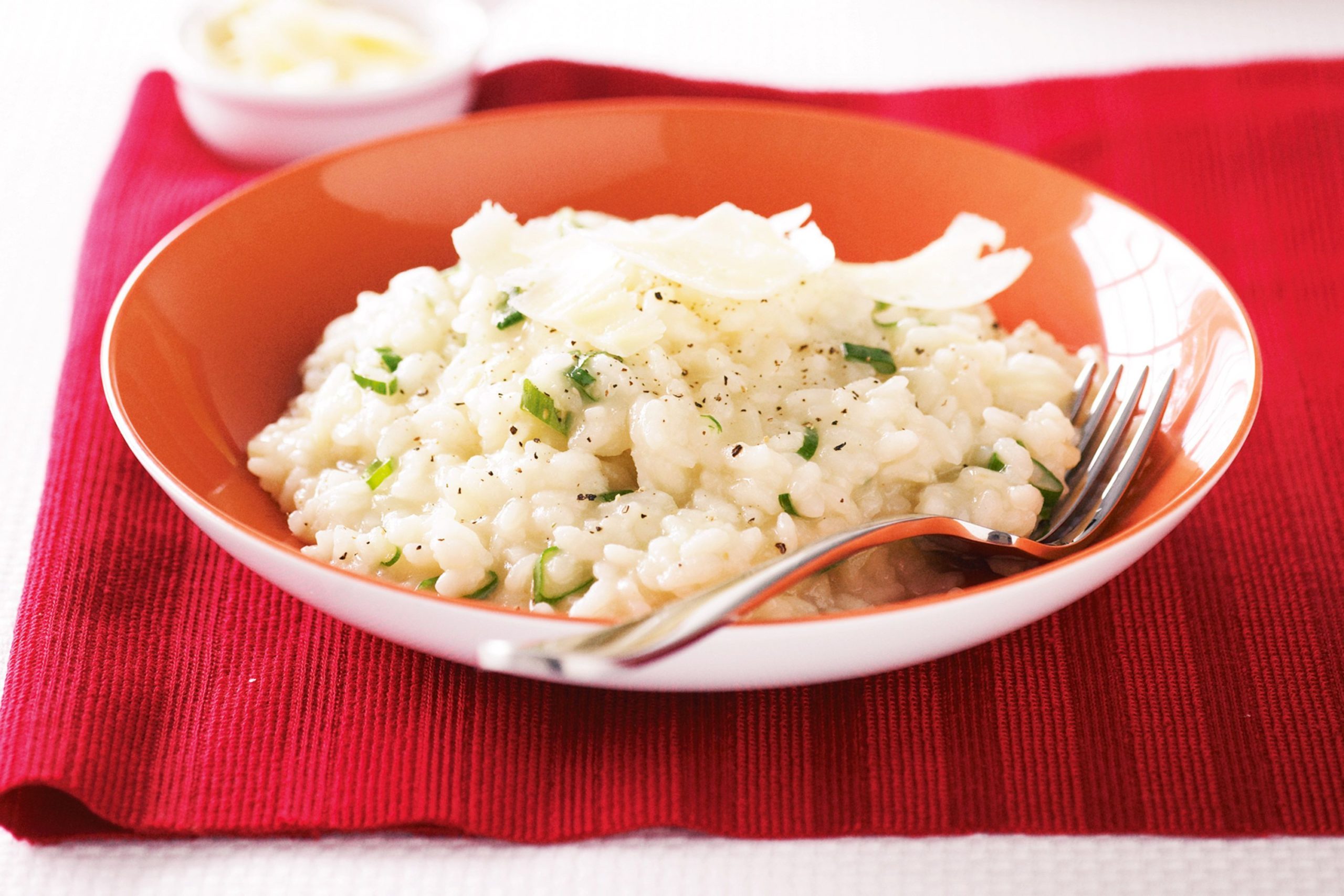It can be said that eating has a greater meaning for Italians than for any other people. It is a moment of socialization, of family bonding, and it is precisely from family traditions that the rich and varied dishes of Italian gastronomy are credited.
History tells us that countries, such as Mediterranean neighbors, Middle East, and even Asian countries, influenced Italian food. Greeks, Libyan, Turkish, and Asians who settled there brought their foods and ways of cooking. That’s why tourists wonder when they find lots of Mediterranean iconic dishes throughout the country.
Italian cuisine shows a harmonic coexistence of flavors, textures, and aromas dressed with each region’s particularity, which makes it a very colorful and diverse gastronomy.
Northern Italian Cuisine Legacy
If there is a key food in many cultures, that is rice, and no exception is made in Italy. There are references dating back to the 13th century, and even earlier, that indicate the presence of this cereal in the country.
Actually, one of the most representative dishes of this gastronomy is Risotto, which is very typical of the rice-producing regions of northern Italy, although its consumption is widespread throughout the entire peninsula.
The incomparable creaminess of this typical Italian recipe puts it in a privileged place among all the rice-based recipes that can be prepared on a daily basis.
Very few things can enrich a cuisine more than knowing the widest possible variety of foods, their characteristics, and how to cook them, something the Italians know very well, which is why they carefully choose the right type of rice when preparing certain dishes.
Picking the ideal rice for your Risotto recipe
Unlike a rice broth, Risotto should be creamy and eaten with a fork, to achieve this creaminess, you need a type of rice:
- Capable of slowly releasing its high starch content.
- Short and hard so it can absorb all the liquid and does not break during preparation.
- With a final texture that feels sticky on the outside but slightly firm inside.
Experts say the 3 most suitable rice varieties for Risotto are:
- Arborio Rice has a medium grain, round and whitish, and with a relatively high amylose content, which gives it the perfect quality to bind together once the starch is released during cooking to become creamy. If you want to see more about arborio rice, visit https://riceselect.com/product/arborio
- Carnaroli Rice, also medium-grained, round, and whitish, has a higher percentage of amylose than arborio.
- Baldo Rice, rich in starch, its grains are white-crystalline, thick and long, widely used for making risotto.
You can choose any of these grains to make your risotto recipe, if you cook it the right way, the result will be a delightful dish.
How to make a traditional Italian Risotto
Contrary to what many people might think, Risotto is actually a very easy dish to prepare. In fact, the most important thing is to choose the right type of rice for your recipe and to carefully follow the preparation steps.
The common characteristic of all the different types of risottos is the cooking technique: the rice is toasted with a fatty substance such as butter or oil, and then cooked over low heat together with the vegetable, meats, or mixed ingredients, adding little by little the necessary liquid (broth or sauce).
Surprise yourself and your guests at home with this mouthwatering authentic Italian risotto recipe.
Traditional Italian Risotto
Ingredients:
- 1 cup of arborio rice.
- ¼ lb. of white ham.
- ¼ lb. of raw ham.
- 1 shallot.
- 3 cups of chicken broth.
- ¼ cup of dry white wine.
- 2 oz. of butter.
- 1 ½ oz. of Parmesan cheese.
- 2 tbsp. of olive oil.
- Salt and Pepper.
Preparation:
- Bring the chicken broth to a boil and keep it warm.
- The shallot should be peeled and chopped. Cut the hams into dice.
- Heat the olive oil in a large enough skillet and sweat the shallot. Pour the rice and stir for 2 minutes over high heat (grains should turn pearly).
- Add the white wine and allow it to totally evaporate.
- Add the broth gradually, stirring constantly. Do not flood the mixture, let it evaporate.
- Let it simmer for about 15-17 minutes, try the rice texture.
- Incorporate the chopped ham, the diced butter, and the grated Parmesan.
- Sprinkle some chopped parsley.
Author Profile

Latest entries
 Online BettingApril 17, 2024A Comprehensive Guide to High-Payout Casino Games on 1xBet
Online BettingApril 17, 2024A Comprehensive Guide to High-Payout Casino Games on 1xBet NBAApril 16, 20242024 WNBA Draft: With the First Pick………
NBAApril 16, 20242024 WNBA Draft: With the First Pick……… NBAApril 14, 2024NY Knicks: A New Crew, a New Grit, a New Hope
NBAApril 14, 2024NY Knicks: A New Crew, a New Grit, a New Hope NBAApril 3, 2024NBA Champions 2024: Who are the favorites?
NBAApril 3, 2024NBA Champions 2024: Who are the favorites?

